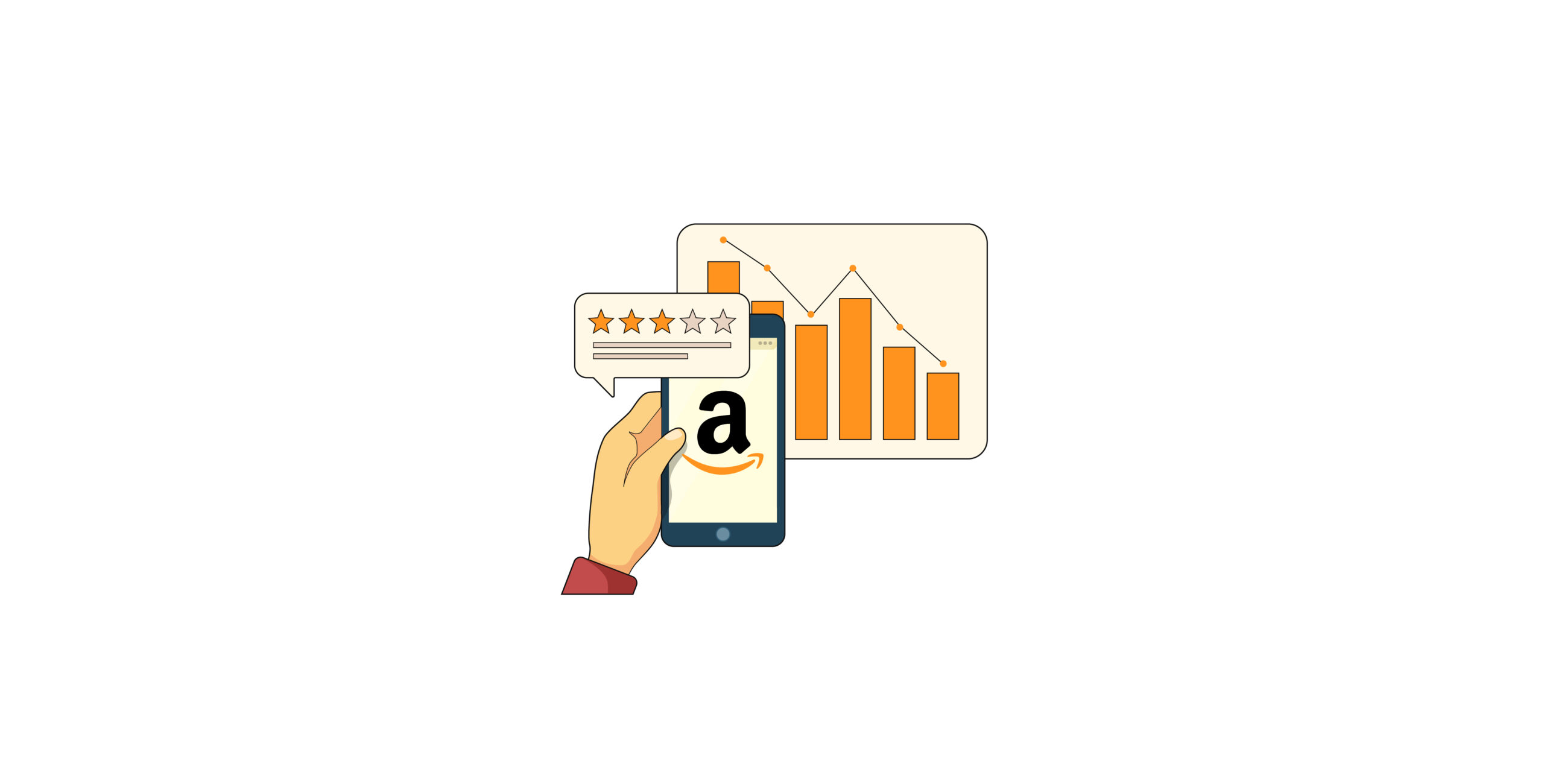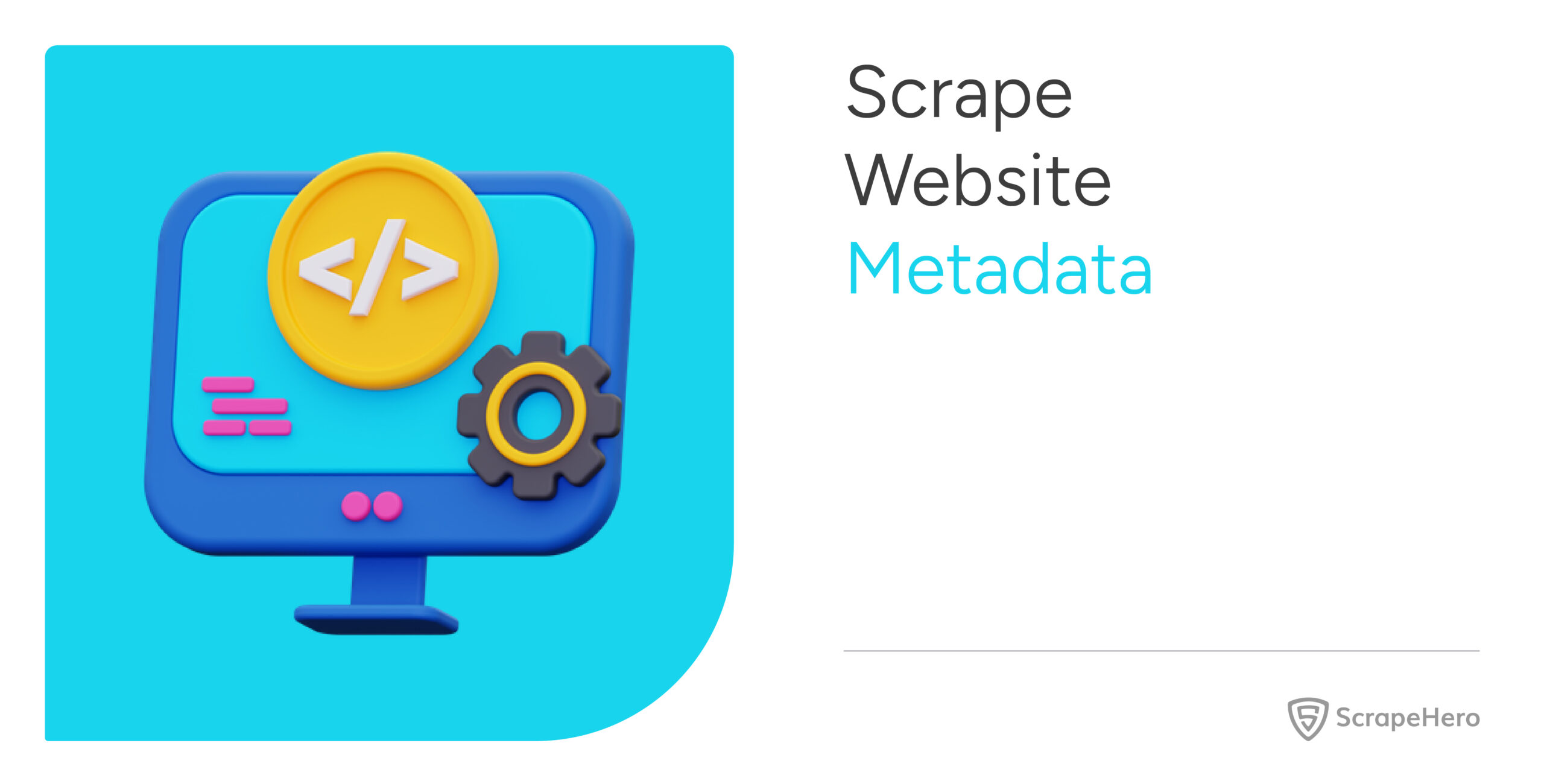Analyzing Amazon reviews is essential for sellers and marketers looking to understand customer sentiment and improve their products. With millions of reviews available, extracting valuable insights can drive better business decisions. But you may wonder how.
This article discusses how to analyze Amazon reviews. It covers several methods, including data collection methods, preprocessing techniques, sentiment analysis, thematic analysis, and visualization strategies.
Steps to Analyze Amazon Reviews
1. Data Collection
The first step in Amazon product review analysis is gathering the data. Here are several methods to collect Amazon reviews:
1. Web Scraping Script: You can write a program to scrape Amazon product reviews. Use a programming language, such as Python, to retrieve the HTML source code and extract the necessary data from it.
- Pros:
- Less expensive
- Flexible
- Cons:
- Requires technical expertise
- Must handle anti-scraping measures yourself
- Needs appropriate hardware
2. Web Scraping Tools: Tools like ScrapeHero Cloud automate the data collection process. Users simply need to enter the product URL and run a scraper, which takes care of all the technical details for them.
- Pros:
- Saves time and handles anti-scraping measures
- Don’t have to worry about the hardware requirements
- Cons:
- Less flexible because it only scrapes a fixed set of data points
- Will cost more than coding yourself
- Not appropriate for large-scale web scraping
3. API Access: Developers can use Amazon Product Advertising API for automated data collection.
- Pros:
- Provides structured data directly from Amazon
- Allows real-time access
- Cons:
- Requires programming knowledge
- Rate limits may restrict data volume
- May not provide the data you require
Note: ScrapeHero Cloud offers an Amazon Reviews and Ratings API that is simpler to use because it focuses exclusively on reviews and ratings, unlike the Amazon Product Advertising API.
2. Data Preprocessing
After collecting reviews, preprocessing is crucial for preparing the data to enhance the accuracy and reliability of the analysis.
Here is how you perform basic data preprocessing in Python:
1. Removing Non-Alphanumeric Characters: Non-Alphanumeric characters aren’t needed when analyzing the review text. It’s important to remove them for accurate analysis, as this lets machine learning models focus on meaningful words instead of non-alphanumeric characters.
cleaned_text = ''.join(char for char in reviewText if char.isalnum() or char == ' ')2. Lowercasing: Converting all text to lowercase. Its benefits include:
- Ensuring that words aren’t differentiated solely by their case, reducing redundancy during analysis
- Allowing you to tokenize and remove stop words more accurately, leading to better sentiment analysis
lowerCaseText = cleaned_text.lower()3. Tokenization: Tokenization is crucial for breaking down reviews into manageable parts. Tokenization splits review texts into words or phrases, which is helpful in NLP tasks like sentiment analysis.
from nltk.tokenize import word_tokenize
tokenized_review = word_tokenize(cleaned_text)4. Stop Words Removal: Removing stop words (is, and, the, etc.) from reviews helps focus on significant terms. This process aids in:
- Reducing noise in the dataset, allowing for clearer insights into customer sentiments.
- Enhancing the performance of NLP algorithms by concentrating on meaningful words that contribute to the overall sentiment.
from nltk.corpus import stopwords
stop_words = set(stopwords.words('english'))
filtered_review = [word for word in tokenized_review if word not in stop_words]3. Descriptive Statistics
Descriptive statistics provide a summary of the dataset, including mean and standard deviation. You can quickly describe a dataset using Pandas’ describe() method.
import pandas as pd
#assuming the reviews are in a csv file
df = pd.read_csv(‘amazon_reviews.csv’)
df.describe()4. Correlation Analysis
You can examine the relationship between two variables. For example:
- Ratings vs Helpful Votes: Analyzing whether higher-rated reviews tend to receive more helpful votes can provide insights into customer engagement.
df[['review_rating','no_of_people_reacted_helpful']]- Length of Review vs. Rating: Exploring if longer reviews correlate with higher or lower ratings may reveal patterns in customer feedback behavior.
df[‘review_length’] = df[‘review_text’].str.len()
df[[‘review_rating’,’review_length’]5. Sentiment Analysis
Sentiment analysis is a key technique used to gauge customer emotions based on their reviews using AI models. Its applications include:
- Identifying overall product sentiment (positive, negative, neutral) for marketing strategies and product improvements.
- Analyzing sentiment trends over time to understand shifts in customers for product lifecycle management.
from vaderSentiment.vaderSentiment import SentimentIntensityAnalyzer
analyzer = SentimentIntensityAnalyzer()
sentiment_score = analyzer.polarity_scores(' '.join(filtered_review))
print(sentiment_score)
6. Thematic Analysis
Thematic analysis helps uncover common themes within customer feedback. In the context of Amazon reviews, it is used to:
- Identify recurring issues or praises related to specific products or features.
- Provide qualitative insights that complement quantitative ratings, revealing deeper customer sentiments.
Examples of thematic analysis include:
1. Keyword Extraction: Keyword extraction focuses on identifying important terms within reviews. Its uses include:
- Highlighting features that customers value most, which can guide product development and marketing efforts
- Supporting SEO strategies by identifying relevant keywords that can improve product visibility on Amazon
from collections import Counter
#assuming all the filtered reviews are inside the variable filtered_reviews
all_words = [word for review in filtered_reviews for word in review]
common_words = Counter(all_words).most_common(10)
print(common_words)2. Topic Modeling: Topic modeling allows for the discovery of underlying themes in large sets of reviews. Its benefits include:
- Grouping similar reviews together based on shared topics, making it easier to analyze customer feedback.
- Identifying emerging trends and consumer interests that can inform business strategies.
import gensim
from gensim import corpora
dictionary = corpora.Dictionary(filtered_reviews)
corpus = [dictionary.doc2bow(review) for review in filtered_reviews]
lda_model = gensim.models.LdaModel(corpus, num_topics=2, id2word=dictionary)
for idx, topic in lda_model.print_topics(-1):
print(f'Topic {idx}: {topic}')
7. Visualization
Data visualization involves representing data graphically to communicate information clearly and effectively. Its benefits include:
- Making complex data more accessible and understandable through visual formats like charts and graphs.
- Identifying patterns, trends, and outliers quickly, facilitating faster decision-making.
- Enhancing storytelling with data by providing compelling visual narratives
Her are two ways you can visualize the results of the data analysis:
1. Dashboards: Tools like Amazon QuickSight create interactive dashboards displaying key metrics such as average ratings and sentiment trends over time.
2. Python Libraries: You can use Python libraries like Matplotlib to plot various analyses. For example:
Sentiment Distribution: Sentiment distribution analyzes how sentiments are spread across different categories or time frames. Its applications include:
- Visualizing overall sentiment trends over time, which can inform strategic decisions.
- Comparing sentiments across different groups or demographics to identify insights.
- Enhancing reports with clear visual representations of sentiment analysis results.
import matplotlib.pyplot as plt
#assuming sentiment_counts dict contain positive, negative, and neutral values
plt.figure(figsize=(8, 8))
plt.pie(sentiment_counts.values(), labels=sentiment_counts.keys(), autopct='%1.1f%%', startangle=140)
plt.title('Sentiment Distribution')
plt.axis('equal') # Equal aspect ratio ensures that pie is drawn as a circle.
plt.show()3. Word Cloud: A word cloud is a visual representation where words are displayed in varying sizes based on their frequency in a text. Its uses are:
- Quickly identifying prominent terms within large textual datasets.
- Providing an intuitive overview of key themes in qualitative research.
- Supporting sentiment analysis by highlighting frequent positive or negative terms.
from wordcloud import WordCloud
import matplotlib.pyplot as plt
# Assuming the variable text contains the review text
# Generate a word cloud.
wordcloud = WordCloud(width=800, height=400, background_color='white').generate(text)
# Display the word cloud
plt.figure(figsize=(10, 5))
plt.imshow(wordcloud, interpolation='bilinear')
plt.axis('off') # Turn off axis
plt.show()
Challenges in Analyzing Amazon Reviews
Two primary challenges in analyzing reviews are
- Data Quality and Authenticity: It is crucial to ensure that the reviews analyzed are authentic. The presence of fake or biased reviews can skew results and lead to misguided business decisions.
- Contextual Understanding: Sentiment analysis may struggle with contextual nuances—words like “light” can have different meanings based on context (e.g., a positive attribute for headphones but negative for a paperweight).
Using Amazon Review Scraper to Get Reviews
You can use the Amazon review scraper from ScrapeHero Cloud to get reviews. All you need is either the product URLs or ASINs.
Here are the steps:
1. Create an Account
Sign Up: Go to ScrapeHero Cloud and create an account using your email address.
2. Select the Amazon Review Scraper
Choose the Crawler: After logging in, select the Amazon Product Review Scraper from the available options.
3. Input Details for the Scraper
Configure Your Scraper:
- Input URLs: Enter the Amazon product URLs or ASINs you want to scrape.
- Filters: Choose whether to scrape all reviews or only those from verified purchases.
4. Run the Amazon Review Scraper
Start Scraping:
- Click the option to run the scraper. The status will change from ‘Started’ to ‘Finished’ once it’s done.
- You can monitor the progress directly on the platform.
5. Download the Data
Access Your Data:
- After scraping is complete, click on ‘View Data’ to see the extracted reviews.
- To download, select your preferred format (CSV, JSON, XML) and click ‘Download Data’.
- You can also integrate with Dropbox for automated data delivery.
Data Fields Extracted
Using ScrapeHero Cloud, you can extract various fields from Amazon reviews, including:
- Product ASIN
- Product Title
- Brand Name
- Reviewer Name
- Review Text
- Review Heading
- Review Date
- Review Rating
- Number of helpful reactions
- Direct URL to the review
Additional Features
- Scheduling: You can schedule scrapes to run at specific intervals (hourly, daily, weekly) by going to the ‘Schedule’ tab and setting your preferences.
- Data Delivery: Integrate with Dropbox for seamless data storage.
Best Practices for Review Analysis
To maximize the effectiveness of your Amazon customer feedback analysis, consider these best practices:
1. Regular Monitoring
Consistently monitor new reviews to stay updated on customer feedback. Setting up alerts can help you respond promptly to emerging issues or trends.
2. Focus on Actionable Insights
Focus on getting insights that clearly illustrate how you can improve products or services. If many customers complain about a specific feature, prioritize addressing that issue.
3. Combine Quantitative with Qualitative Analysis
Quantitative data (e.g., star ratings) provides a broad view of customer sentiment, while qualitative data (e.g., written reviews) offers a deeper context. Combining both forms of analysis yields richer insights.
4. Use a Data Pipeline
It is better to integrate the steps of your data collection, analysis, and visualization into a data pipeline. This can reduce errors and make data analysis more efficient.
How a Web Scraping Service Can Help You
By now, you should have a basic understanding of Amazon review analysis. Basically, you need to collect, process, and visualize Amazon review data.
Although you can use Python for all the steps, you can also use ScrapeHero Cloud’s Amazon Web Scraper for data collection, which is easier.
However, the scraper only offers a limited set of data points. If you need to gather custom data in larger quantities for large-scale projects, consider using ScrapeHero’s web scraping service.
ScrapeHero is a fully managed web scraping service provider capable of building enterprise-grade web scrapers and crawlers. Our services include large-scale scrapers and crawlers and custom RPA solutions for your data pipelines.
We can help with your data or automation needs
Turn the Internet into meaningful, structured and usable data








